Executing the posture in this way disengages both the gluteus maximus (butt) muscles and the abdominal muscles. These two huge muscle groups generally suffer from our western lifestyles, with so much sitting in chairs. It makes sense that they are weak, and the posture has altered to compensate for our weakness.
HOW TO CHANGE To execute the posture properly, as has been done from Bose to Choudhury, the glutes and abs must engage to tilt the pelvis backward. This flattens the spine. The weight shifts back significantly, which means that the ankles must bend to push the knees forward. Notice the position of the knees of Bose, Mukerji and Choudhury. They are all significantly forward of the ankles. Learning to practice Chair Posture this way can be challenging, especially when we've done it incorrectly for so long. Start very slowly. Bend the knees only slightly, and push them forward. Instead of focusing on your hips going back, bend your knees and push them forward. Whenever you feel your upper body leaning forward, straighten your legs a little bit, stand up, and again push your knees forward. Avoid letting the spine arch. Keep the back flat. You will notice that your abdominal muscles need to be quite tight. Practicing this way will integrate the muscles of your pelvis and spine, strengthen your ankles and improve your balance significantly.
8 Comments
7/16/2016 11:36:31 am
Great article, Scott. Definitely sharing this with my fellow hot yoga teachers.
Reply
Tom
3/23/2018 04:48:14 am
Definitely need to change my approach to this posture. Thank you!
Reply
John Deters
7/11/2018 08:29:08 am
Hi Scott, Great article here. Although in my mind the big culprit is arching the back, I do notice that your instruction in the Ghosh Intermediate Manual is 'make sure the heels are wider than the toes'; which is the opposite of your instruction here. Perhaps you have evolved and reconsidered since the Manual was published? Thanks!!
Reply
Scott
7/12/2018 07:50:37 am
Hi John, thanks for the astute question. Concerning the positioning of the feet and toes, there are several things to consider. We have evolved somewhat in our understanding of the posture, history and biomechanics since the publication of the Intermediate Manual. Most of the students we see have underdeveloped glute (butt) muscles. Turning the toes slightly outward helps to rotate the hips outward/externally, which engages the outside of the leg and hip, including the glutes. When the toes are rotated in, with the heels wider than the toes, it puts more emphasis on the inner hip and deemphasizes the outer hip. That is a reason to turn the toes out slightly.
Reply
1/14/2020 09:40:31 am
Dear Scott,
Reply
Hi Bruce, you make a good point. Most of us these days have weak, underdeveloped glutes. It is largely due to sedentary work and life styles, where we sit to work, we sit to eat, we sit to relax. Rarely do we take the hips and glutes through their full range of motion, which leads to weak muscles.
Reply
Meenakshi
8/15/2023 09:04:17 pm
Hi! I happened on this post when checking to see if utkatasana was a backbending asanas. This is a very instructive article - thank you! My q is re knee positioning -is placing the knees in front of the toes is safe for the knees?
Reply
Leave a Reply. |
This journal honors my ongoing experience with the practice, study and teaching of yoga.
My FavoritesPopular Posts1) Sridaiva Yoga: Good Intention But Imbalanced
2) Understanding Chair Posture 2) Why I Don't Use Sanskrit or Say Namaste 3) The Meaningless Drudgery of Physical Yoga 5) Beyond Bikram: Why This Is a Great Time For Ghosh Yoga Categories
All
Archives
November 2017
|

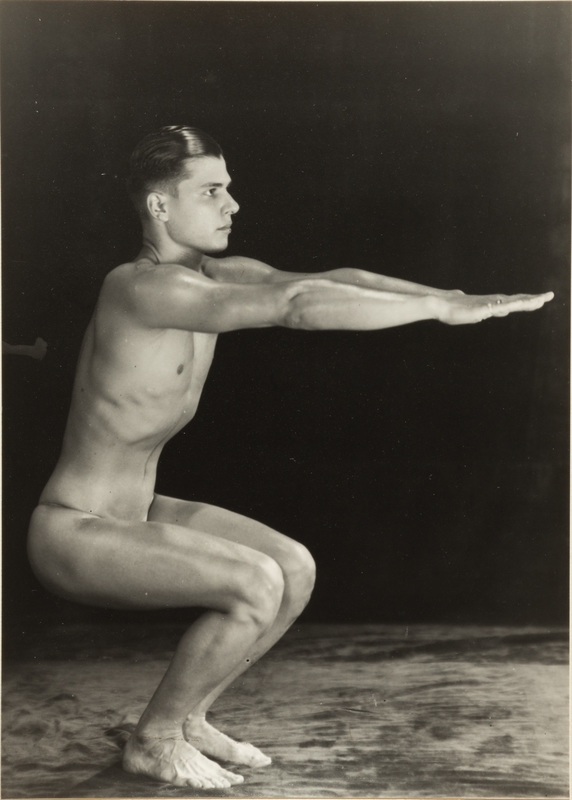
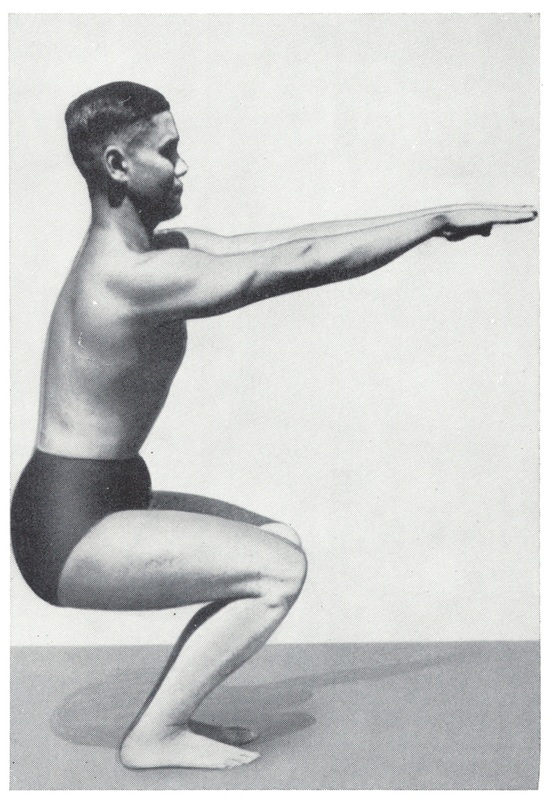
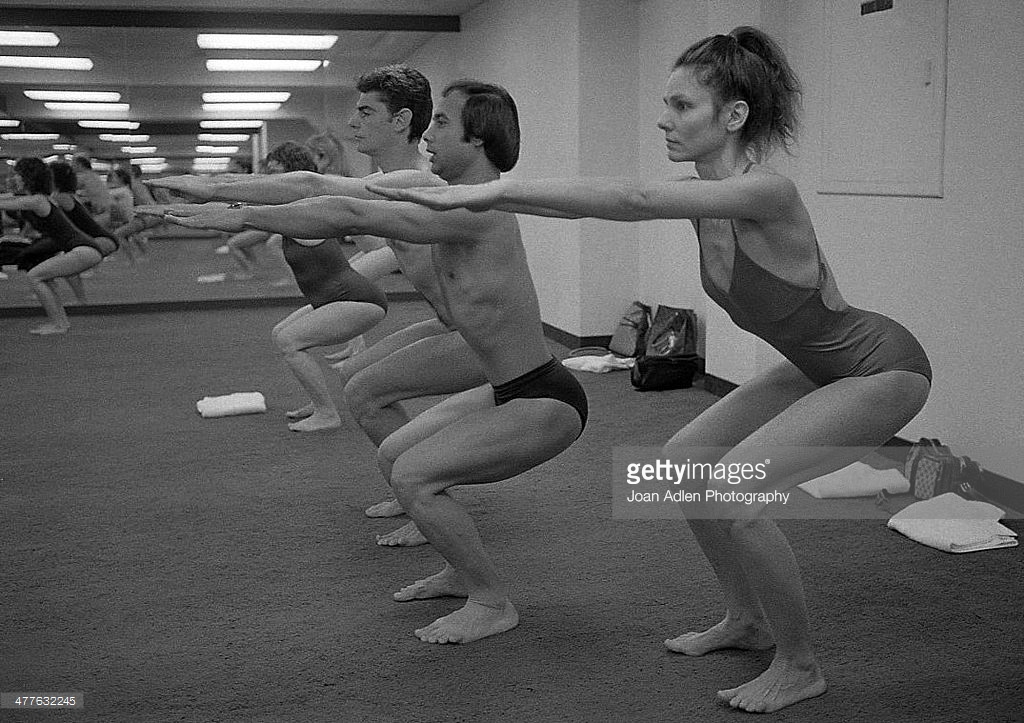
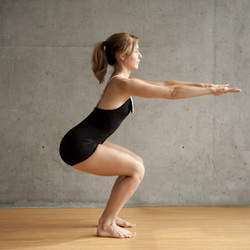
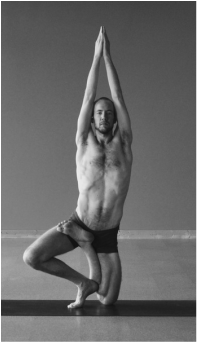
 RSS Feed
RSS Feed